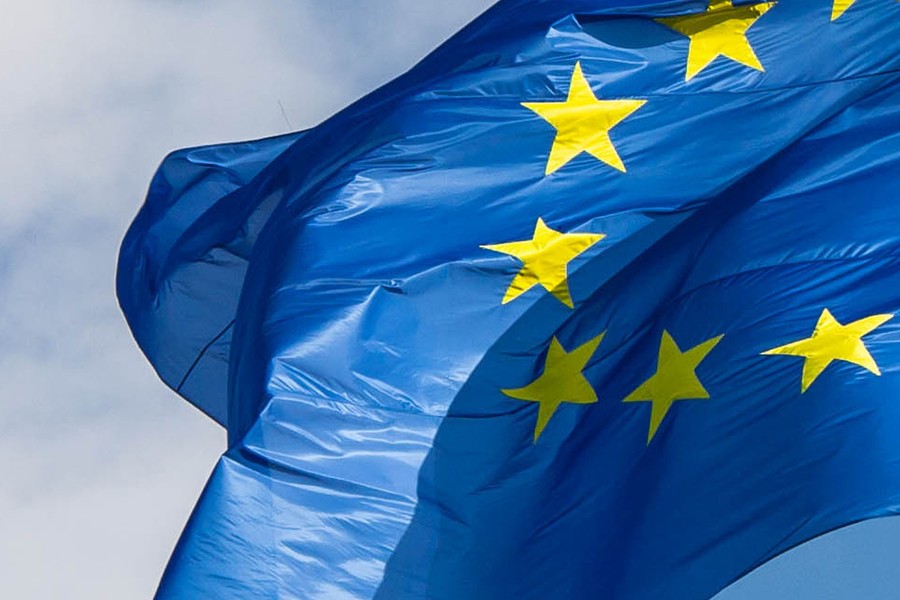So, if our nation now wants to remain, and ditto for our Parliamentarians, then political gravity leads you to some kind of soft Brexit and I suspect Europeans want this as well. Europe’s need to discourage Italy from brinkmanship by punishing the UK by way of example has receded so pragmatism should prevail. I was told by a senior Brussels-based lawyer that a number of CEOs of European industrialist companies indicated that their plans for new factories would favour regulation-free UK in the event of a hard Brexit. That discourages the European bureaucrats from pushing us to a hard Brexit.
But, and there are lots of “buts”, a soft Brexit is by no means certain. The “Labour for a People’s Vote” campaign is pressing MPs to vote down any Brexit Bill in the hope that it forces a General Election, which gets fought on a Remain or Leave debate, which then leads to the UK not leaving. If the hard Brexiteers join them in voting down the Bill because it is not a proper Leave Bill then perhaps the People’s Vote wins the day and we just remain.
But taking a soft Brexit as our base case, we would look for fairly benign conditions to return to the UK. The budget was fiscally stimulatory; real wage inflation has returned as inflation has started to fall off. If the pound has bottomed and then rallies into a soft Brexit then this could drive the average consumer to feel more confident about spending more. On the negative front, the Purchasing Managers’ Index (PMI) economic indicators, have recently rolled over and consumer spending has been weak which is why the market is looking for perhaps two interest rate rises over the medium term. I think confidence in the UK will return and look for three or four rate hikes. Perhaps UK base rates will be at 2% by 2020?
With this in mind I stay with the short end of the bond markets and aim for investment grade (BBB- and above). In the gilt market I think that with inflation likely to moderate, you could head for conventionals. But perhaps it would be wise to hold some index- linked bonds which would do relatively better if the pound were to collapse if everything went very wrong.
We also have to take into account the situation in the USA. I see Trump’s tax stimulus driving growth into a tight labour market and this in turn driving up wages, which then feed through into inflation. The Fed would only have one way to react and that would be to firm up interest rates. Europe is winding down its bond purchases and China looks unlikely to do anything beyond a very mild stimulus. So the global interest rate environment looks like firming in the longer term. Short term, US rates might weaken on the back of the Democrats taking the House of Representatives.
So my conclusion is to aim for short term quality. Conventional gilts should do best, but hold some linkers in case of the unexpected.


_1.jpg)